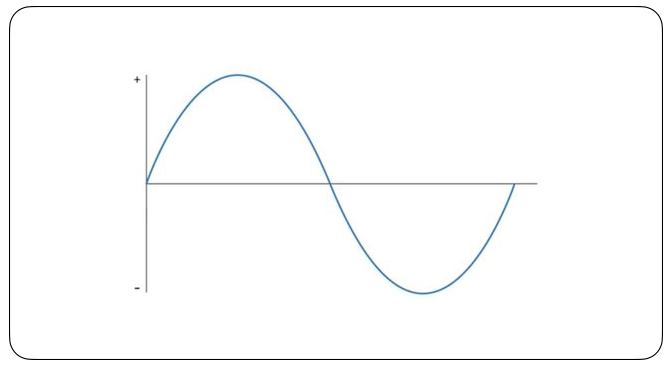086 – AC vs. DC
These two types of current power every aspect of our production.
Written by Madeleine Campbell
In the last two blog posts, we discussed some important fundamentals of electricity — current, voltage, resistance, and how all they interact.
Let’s revisit current and take it one step farther.
Remember that current describes the flow of electrons over a unit of time. Electrons flow in two distinct ways, alternating current (AC) and direct current (DC). Though there are important differences, we use both in live music production.
Alternating current periodically changes the direction it flows, back and forth from a negative charge to a less negative (or positive) charge. The rate at which it reverses flow varies from country to country, but in the United States, it occurs at a standard rate of 60Hz, meaning 60 times per second. In Europe, the standard frequency is 50Hz.
Direct current, on the other hand, flows in only one direction. A common example is batteries, which hold a constant charge. Current always flows in the same direction towards the positive and negative poles.
In TPA’s Show Power course, Scott offers a really helpful analogy. Think about cutting down a tree. If you use a circular saw, the blade would move in only one direction and the tree would be cut down. If there are two people working together using a saw in a back and forth motion, it’s still an effective way to cut down the tree, even though the saw is periodically changing direction. This is how alternating current behaves in a circuit.
Get real-world live sound mixing tips straight to your inbox.
These two designs were developed by engineers Nikola Tesla (AC) and Thomas Edison (DC). A bitter battle ensued over which would be the superior option for large-scale power distribution. Eventually Tesla’s alternating current won because of its efficiency with long-distance transmission. It remains the standard for power distribution today.
After AC leaves a power plant, it remains AC until it reaches our homes and music venues. Most commercial and residential power runs on AC, including common household appliances like refrigerators and dishwashers. Standard wall outlets operate with AC. However, many devices use DC — our phones, TVs, audio systems and more. These devices utilize a rectifier circuit, which is built into the power supply or into the device itself, to convert AC to DC. (Even when we connect devices directly to AC with an IEC cable, these devices still have circuits that run on DC.)
For devices with an external power supply, it’s important to make sure the power supply is compatible with the device we want to power. Mismatching the power can easily damage or even destroy a device. (This is why we need power transformers when we travel from the US to Europe for a tour!)




